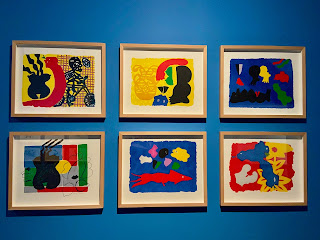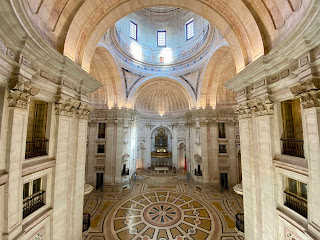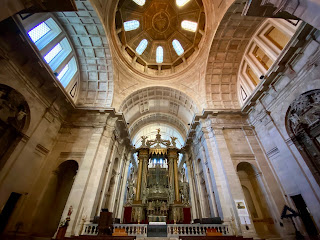I spend the majority of my technology time on my iPad: reading email, browsing the web, watching YouTube. As I refresh my YouTube screen, I am reminded that it is the tenth anniversary of the launch of the iPad. It is astonishing that it’s been that short and that long a time. I can easily remember the day my first iPad arrived; it seems very recent – but it’s also hard to remember what I did before I had one.
Looking at my notes (I keep lists), I owned the first generation iPad, then upgraded after a couple of years to the third generation with the “retina display”. I left my teaching job at Bentley School soon after that first iPad, and started at the Oakland Museum, and they got me an iPad mini in 2012. After three years at the Museum, I went to Marin Academy, and in 2013 they got me an iPad mini 2, which became an iPad Pro (9.7) in 2016, and then an iPad Pro (11) in 2018. Both of the iPad Pro’s came with the Apple Pencil and the keyboard case. So six iPads in ten years.
My favorite thing is to use “Paper”, an app by “53”, to make drawings of some of the things that we’ve seen in our travels (see image above). This kind of work was not possible ten years ago when the iPad launched; the second generation Apple Pencil is the difference-maker. I feel completely comfortable now using it to sketch and build tone; that was not the case when I first used the “Pencil” by “53” (a kind of “advanced”, wood-encased stylus), as well as the first generation Apple Pencil. It definitely takes practice, and the new Apple Pencil is an enormous improvement in so many ways (weight, length, balance, surface finish). But using the app, I’ve found that I can clip and re-arrange little areas, save different versions, and erase without concern for the paper surface – it’s an evolved drawing tool. This kind of creative work is something that the iPhone and the Mac cannot easily match.
But now, more than when I started, and especially since Apple released iOS 13 late last year, I use the iPad as my “daily driver” tech device. My iPhone is my road device, and it’s my camera. My MacBook is my heavy-lifting device, and is only really used when I need to do specific, bigger (and generally more private) tasks – personal finances, database and spreadsheet stuff, and media work. When I travel, all I need now is my iPad; my MacBook stays private and safe at home. The latest iOS 13 allows me to multi-task and, for example, flip through my photos while I edit my blog in the “desktop” browser. I can retouch the images, and trim them up before I post them to Blogger. It’s just as good as my MacBook for most things.
One of the other work-flows I employ is for adding place-marks to my Maps “Collections”. For example, I’m reading José Saramago’s Journey to Portugal, and I can follow his trip around the country, zoom into satellite views, tap the location marks to get more info, and save interesting sites to my list. Similarly, while watching YouTube vlogs, I can research locations, and add new sites. Then, when we’re wandering around Portugal, with my Collections synced, all those place-marks will pop in my Maps view on my iPhone. Again, the touch interface and the tablet form factor make this kind of interaction and research super comfortable.
I think back to when I brought my first iPad to work, and a colleague asked whether he should get one. He bemoaned, as many did, that it was just “a big iPhone”. I recall asking him to consider that: it's a big iPhone – what’s wrong with a big iPhone? He shouldn’t despair it; he should celebrate it. And even as we celebrate this anniversary, we recognize that there is so much room for the iPad to grow and evolve into something even more.

























































